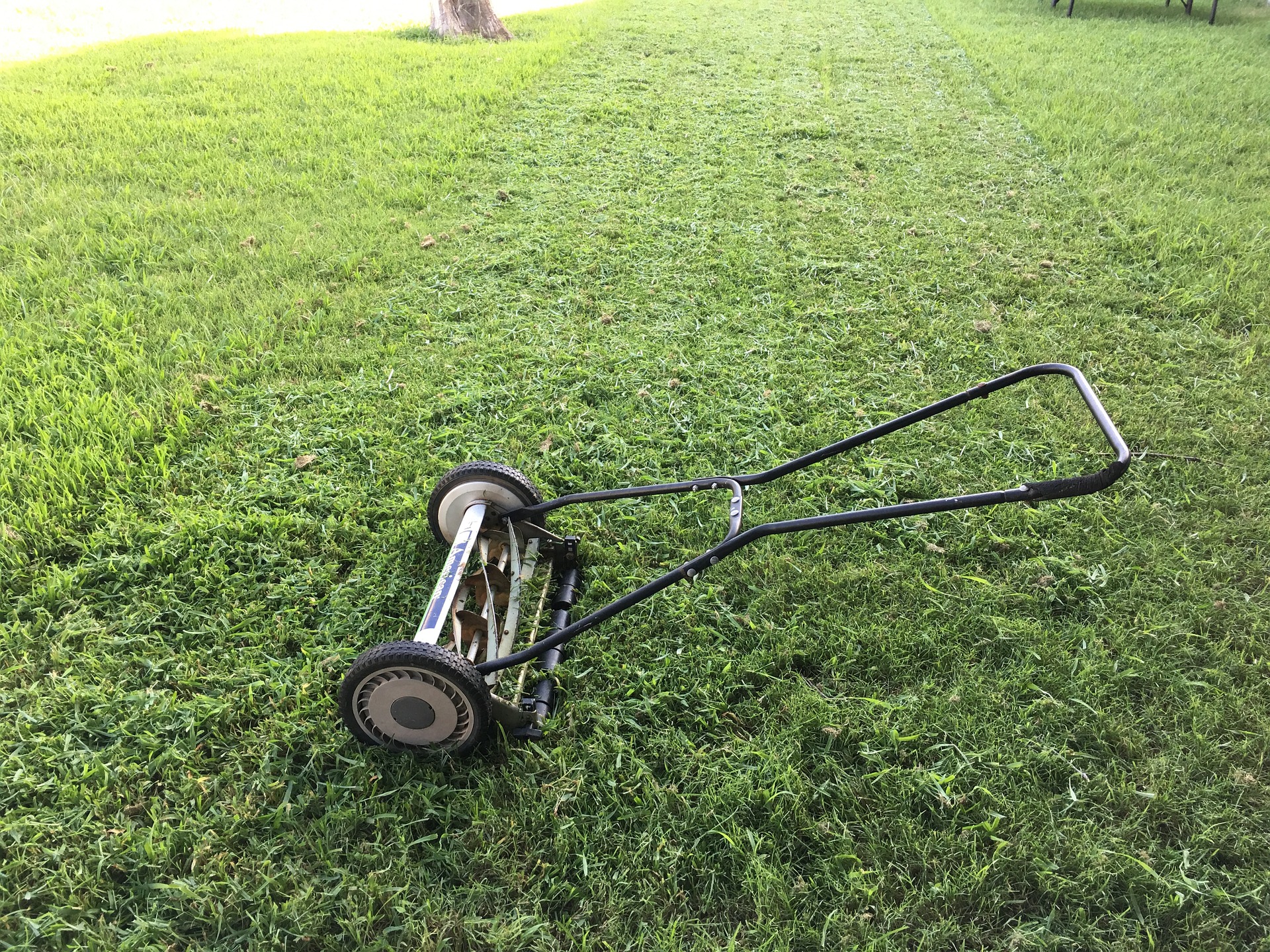The true wine lover will not be able to resist making some on his own. You may believe that wine making is a difficult job, but in fact it can be made very easily at home. Before you can start making your homemade wine, it is better if you learn what the steps are. Make sure you have either grapes or their concentrate to start with your wine production. It is a good idea to grow your own grapes if you have a large enough area and this will be good if you are planning to become a regular wine maker. If you choose to use grape concentrate, keep in mind that you will need to use high quality grape concentrate. You can get such high quality concentrate online and in domestic supply stores.
How Is Wine Made
Harvesting
In addition, you will need yeast and brewing equipment. One suggestion is to invest in a wine kit because this helps you to get all the stuff together instead of piecemeal. Once you have made your wine and assured yourself that this is a hobby you would like to involve yourself in, you can buy upgraded your wine making equipment for making larger quantities.

Crushing and Pressing
There are five to eight basic steps involved in the process of wine making, depending on whether you are using grapes or concentrate. If using grapes, you will need to begin by harvesting them. After the grapes have been harvested, you will then need to remove the stems from the grapes. You have to be particular about removing the stems, otherwise their bitter tannins can give a disagreeable taste to the wine. After making sure all the stems are gone, squeeze the skins of the wine grapes to remove the juice. There are numerous ways to perform this. Expert wine makers would like to crush the grapes to get the juices. The extent of crushing the grapes will have an effect on the taste of the wine you get. Leaving the berries almost whole will get you a wine that has a fruit like aroma. The next process you have to carry out is known as primary fermentation. This step is the step of fermentation of the sugars in the juice by the yeast cells. This will convert the sugars into alcohol and carbon dioxide then in some cases, more yeast will be needed. You need more yeast because that allows the conversion to happen in a steady manner because just the yeast that’s present on the grapes won’t be sufficient for that.
Fermentation
Now, you have to squeeze more juice from the grapes. You have completed the step of primary fermentation, but now you can remove more juice from the fruit. It should be noted that the juice that is extracted in this step is typically not as high of a quality as the juice that is extracted during the crushing phase. During the first crushing of the grapes, the free run juice that you got did not come into contact with the stems and skins of the grapes – this is what made that juice taste better. But you must not think that this press juice is of no use. Press juice is used in the large wineries to increase the total output. After the pressing, the wine undergoes a secondary fermentation and an aging process simultaneously. You can choose how much to ferment your wine as you are the wine maker.At the end of your wine making efforts, you will have to bottle your wine. Wine is poured straightaway into the bottles but some people add sulfites too, because they stop the fermentative process and can keep the wines well-preserved. The last step will be to cork the bottle.





